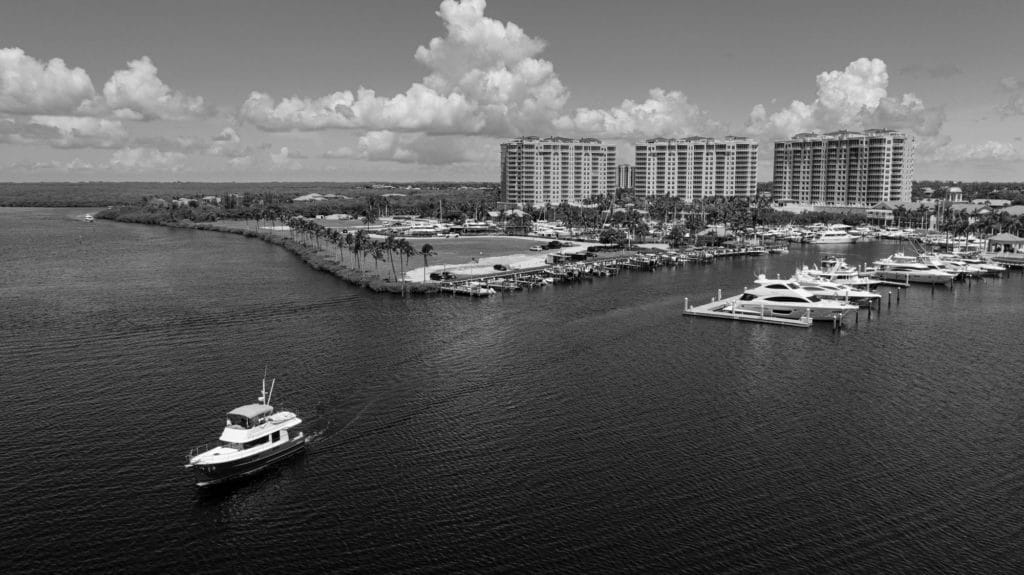
Bump it and take it slow,” Capt. Robert “Tiger” St. Romain said as I reached for the throttles.
We were on the flybridge of the Beneteau 44 NautiGator. The metallic steering wheel reflected sunlight in all directions as the 10 a.m. breeze cooled us from the day’s encroaching heat. We had just pulled the bow and stern lines aboard, and we were headed off the coast of Cape Coral, Florida, toward “the Miserable Mile,” a gauntlet of shallows and boat traffic. It stood between us and a day of cruising.
That is, if I could get the boat out of our marina slip. I tapped the port and starboard throttles forward for a half-second before returning them to neutral. I could feel the gentle grumble of the twin 300 hp Volvo Penta D4 diesels. The momentum carried us forward enough that I had room to ease us out. I took a deep breath and shifted the portside throttle into reverse, the starboard throttle forward. We cleared the dock without drawing any attention, which I took as a sign that, so far, I was doing things correctly.
Then, boats were everywhere: sailboats, trawlers, express cruisers, dayboats, tenders, pontoons, powercats. A 30-footer was unwisely at wide-open throttle right outside the marina and made an abrupt stop as it found the bottom—props busted for the day. I checked our depth sounder again, gave another glance at the GPS, and made sure I was still where I should be in the channel. I kept the bow pointed where Capt. Tiger told me to point it. Our speed was a steady 2.5 knots.
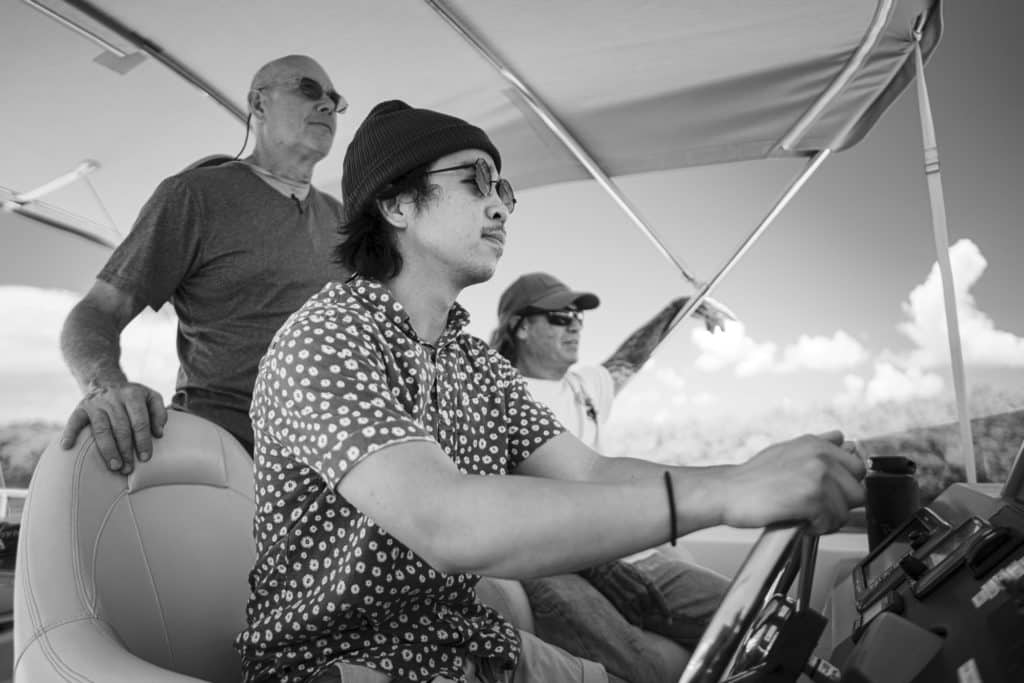
Finally, we made it to the far edge of “the Miserable Mile,” and Capt. Tiger gave me the OK to take us up to 9 knots; it may as well have been 40. This stretch of water seemed like freedom itself. With the wind on my cheeks and the gentle sounds of the light chop against the hull, I felt pure joy.
And to think: Just 48 hours earlier, I had zero experience running any kind of boat at all.
I’m one among the countless people who have been flooding into US boating schools since the start of the pandemic, which brought a record number of new boaters onto the water and gave many owner-operators time to learn new skills or prepare for a bucket-list cruise. NautiGator is part of the fleet at Southwest Florida Yachts, which offers power and sail courses aboard its fleet or your own hull. My liveaboard schoolmate for the week was Greg Bergman, a father of seven from Georgia. He’s a single-engine pilot who had passed the written portion of his US Coast Guard captain’s license exam, and he owns a 33-foot center-console back home.
While I was learning the basics, he was accumulating sea time and learning coastal navigation along the Intracoastal Waterway.
“I wanted hands-on experience in navigating the ICW, docking in various conditions, working with marinas, radio communication and anchoring,” Greg says.
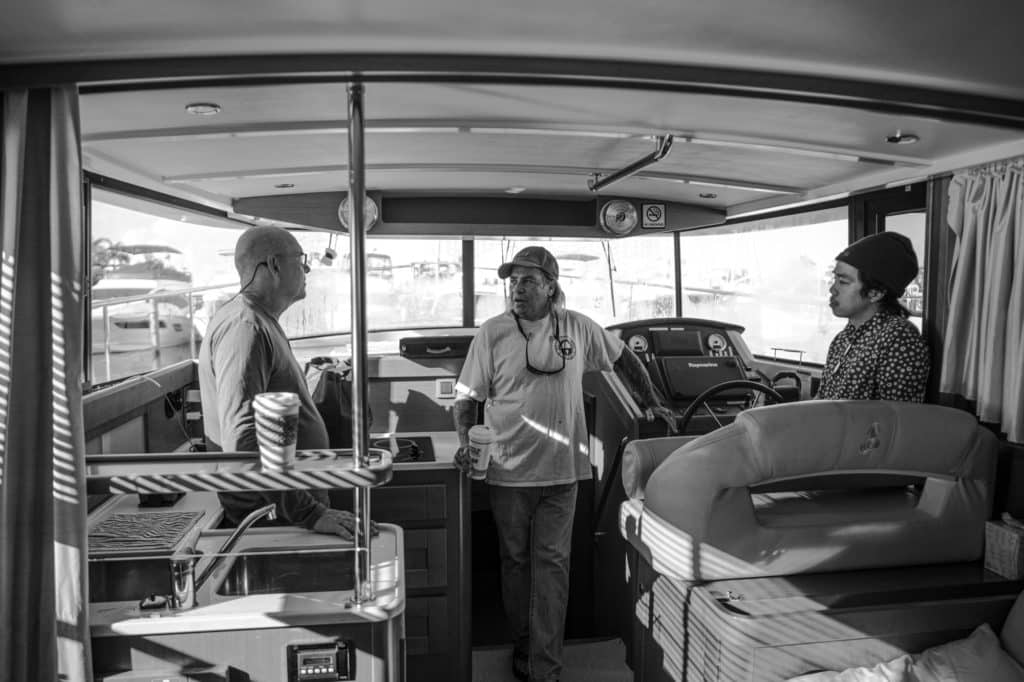
Boating courses are available for just about anything nowadays. America’s Boating Club offers courses in junior or advanced navigation, engine maintenance, weather, and more. The BoatU.S. Foundation, along with Boat Ed, offers state-specific boating courses. There are even courses specific to personal watercraft, kayaks and canoes, all with links available online from the US Coast Guard.
I took Southwest Florida Yachts’ Basic Powerboat Handling and Inland Powerboat Cruising courses, which, combined, are prerequisites for the Offshore Powerboat Cruising course. Students also make new friends and go ashore to experience all the fun of the cruising lifestyle.
In NautiGator’s salon, Capt. Tiger showed us navigational charts, dismantled boat-engine parts, and sketches that explained how the boat’s engines interacted with the water. In the engine room, we crouched as he showed us how to check fluid levels prior to departure (and then quizzed us to make sure we’d been listening). On the flybridge, he taught me not to be overly eager with the steering wheel; the slightest nudge of the wheel to port or starboard was all I needed to change the boat’s heading, lest I wanted to spend my whole day overcompensating at the helm.
Practicing docking on a 45-footer for the first time is a humbling experience. Greg took his turn and brought the boat into the marina slip easily enough, and I was surprised to hear applause when I did it too. But my second attempt included a minor collision (oops) between a pylon and the stern’s starboard side. I nudged NautiGator forward, and the pylon bounced upright.
Capt. Tiger took control and readjusted the boat into the slip.
“One more time, Victor,” he said.
The lesson learned was that things don’t always go as planned on boats. A marina may direct you to a slip different from the one you were expecting when you prepped the lines on deck. Another boater may not know the rules of the road, forcing you to adjust course. The air conditioning may act up when you try to switch over from shore power to the generator. You may have to alter your plans so you can remain cool and comfortable.
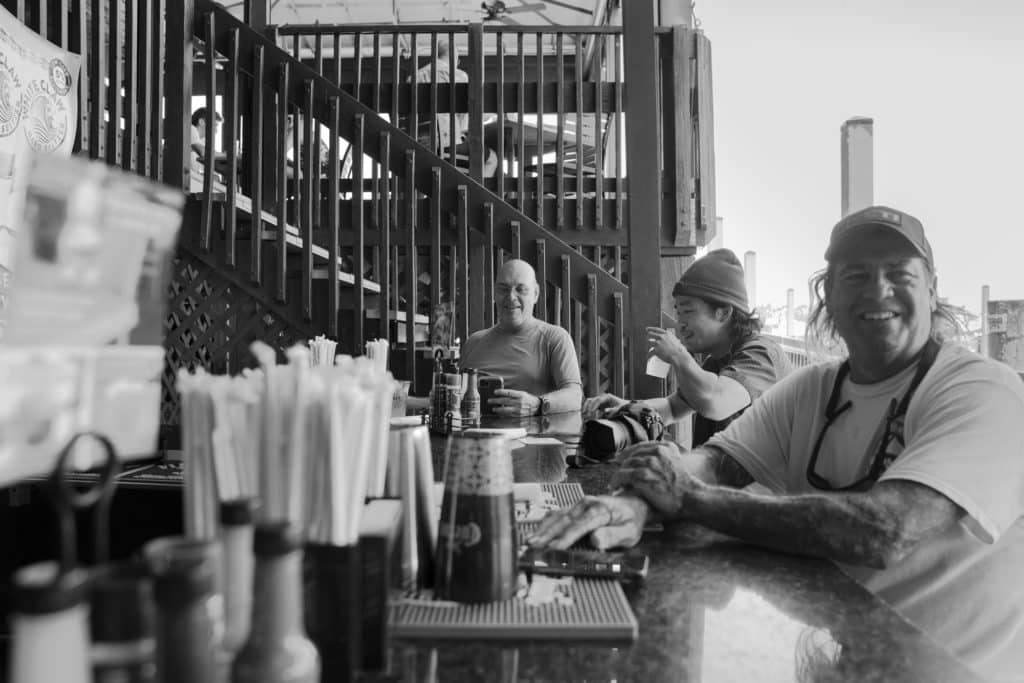
That’s the main lesson I learned about boating: It’s a whole community of people who seem cool and comfortable. Everywhere we cruised, it didn’t matter what kind of boat people were aboard—small or large, fast or slow, chartered or owned, fishing or cruising—everyone waved hello. I was the new guy (almost everyone I met was at least 30 years my senior with lots of onboard experience), but the biggest concern others seemed to have was that I’d never ordered a Cabbage Creeper rum drink on the island of Cabbage Key. Because of the boat, we were able to find all kinds of common ground, especially when Ozzy Osbourne was blaring from the flybridge.
On our last day, we headed back to the marina. Once again, we found ourselves entering “the Miserable Mile”—only this time, it was Saturday, and the traffic was considerably more chaotic.
And yet, the boats all around no longer intimidated me. I felt confident enough to dole out waves to every passing skipper—albeit, at my comfort-zone speed of 3 knots.
“Wanna bring us in?” Capt. Tiger asked.
I gripped the wheel and let the wind guide me into the marina’s channel, bumping the throttles as necessary. As we made the last turn into the final straightaway, Capt. Tiger headed down to the main deck to prepare the lines, leaving Greg and me on the flybridge; it was now my ship to command. I lined up the boat with the slip and eased in NautiGator.
“Give it a little reverse. We gotta get all the way back,” Capt. Tiger instructed from the stern.
I knew enough to let momentum do most of the work. One bump on each throttle was all I needed to stop the boat, with bow and stern thrusters centering us as the lines were set.
Capt. Tiger sounded proud as he congratulated me on the docking job.
This was the opposite of miserable. And I can’t even imagine what I’ll learn in all the nautical miles I want to explore next.
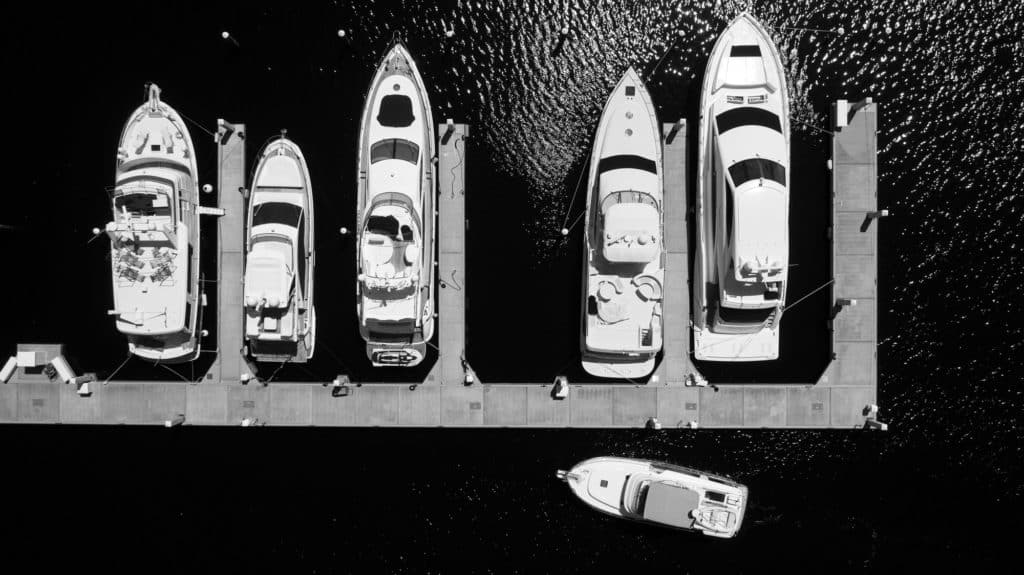
Nice To Meet You
The NautiGator’s 45-foot-6-inch length overall played a major factor in the development of my relationships with course mate Greg Bergman and Capt. Robert “Tiger” St. Romain. The stairs belowdecks led straight to the en suite master stateroom in the forepeak: Greg’s room. My stateroom was to port, across from the day head and about two steps away from Greg’s hideaway. Meanwhile, Capt. Tiger graciously slept on the couch aft in the salon. We each had our own space, and we developed the kind of organic bond that is such a big part of boating.
All Are Welcome
At boating schools all across the country, classes are tailored for boaters of all experience levels. I was brand-new to the sport, but Greg Bergman, my course mate, owns and operates a 33-footer. He focused on learning different things than I did, showing the wide range of information that’s part of the program.
Worth it
Southwest Florida Yachts’ Basic Powerboat Handling course ($1,695) and Inland Powerboat Cruising course ($1,895) cost $2,695 combined for six days living aboard a twin-screw boat 42 feet or larger. Students pay for their meals and the instructor’s. Prices include fuel and dockage.
Take the next step: swfyachts.com









